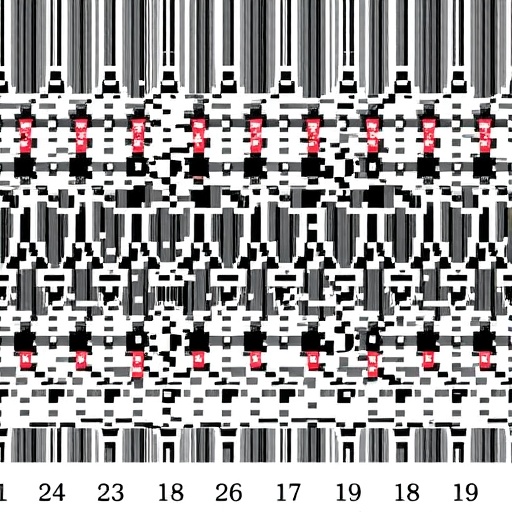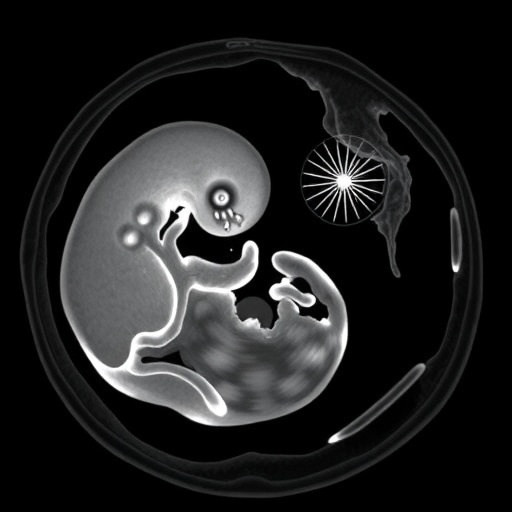Diseases caused by genetic changes could be detected more readily thanks to an advance in DNA analysis software.
The development will make it easier to integrate genetic testing into health care systems such as the UK’s National Health Service, which cares for around three million people affected by genetic diseases in the UK.
The new tool can spot precise genetic changes that cause disease in the more than three billion letters of DNA code that make up the human genome.
It does this by linking to a database of clinical information from people with genetic diseases to pinpoint DNA changes that are known to cause illness.
The software also predicts the consequences of DNA changes, helping to identify disease-causing differences that are not already linked to a known condition.
In addition, the software scans databases of genetic information from healthy people to rule out DNA differences that look as though they may cause a disease but are harmless -minimising the risk of false diagnoses.
Experts say the system is particularly useful for diagnosing disorders that may be caused by many different genes, such as severe intellectual disabilities in children.
Using genetics to diagnose diseases moved a step closer when advances in DNA sequencing technology made it affordable and possible to decode a person’s genome within a few days.
The sheer volume of data produced – and shortage of expertise – has hampered efforts to analyse it and generate meaningful results.
The new system, which is freely available online, will help to overcome this bottleneck and make it easier to diagnose genetic conditions in clinical practice and in research programmes.
The research was led by teams at the University of Edinburgh and the European Bioinformatics Institute at the European Molecular Biology Laboratory (EMBL-EBI). It is published in Nature Communications and was funded by Wellcome and the European Union.
Professor David FitzPatrick, of the Medical Research Council Institute of Genetics and Molecular Medicine at the University of Edinburgh, said: “We have developed this software to help improve access to safe, speedy and accurate diagnosis of serious genetic disease throughout the world.”
Anja Thormann, an Ensembl developer at the European Bioinformatics Institute, said: “This development means researchers don’t have to go through, for example, 300 variants to identify which are relevant for that specific patient. This pipeline means they may only need to look at three or four variants.”
###
Media Contact
Jen Middleton
[email protected]
http://dx.




